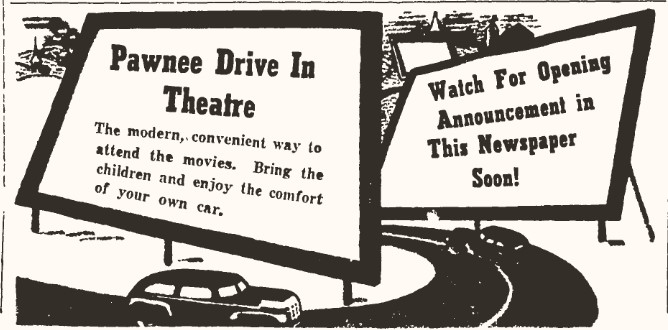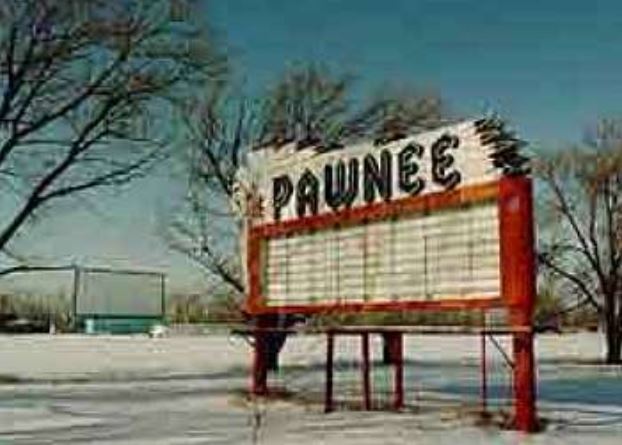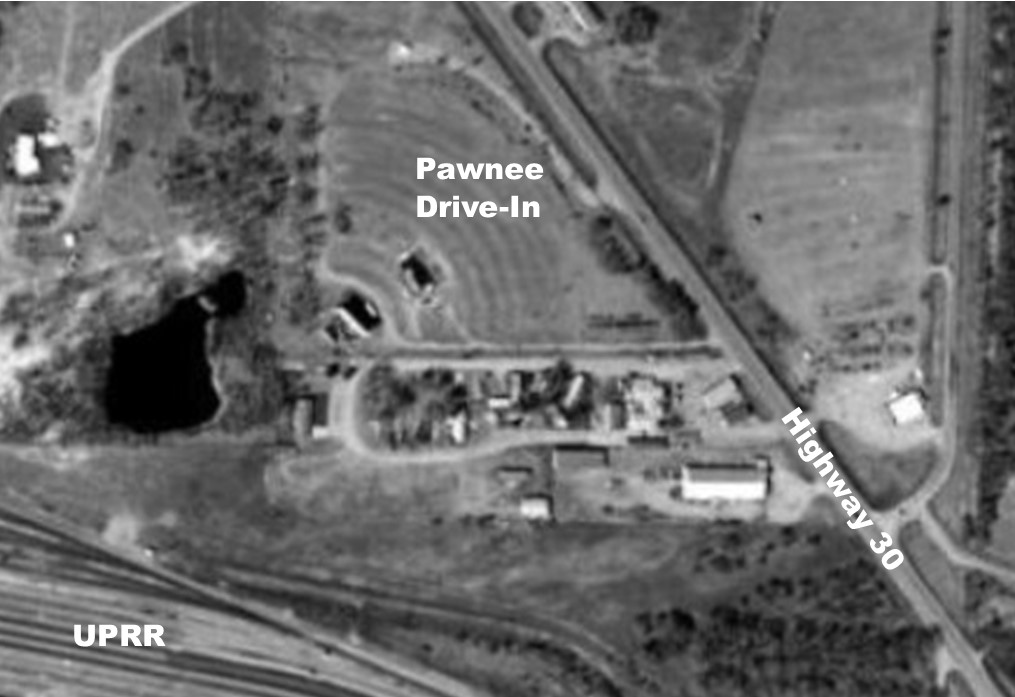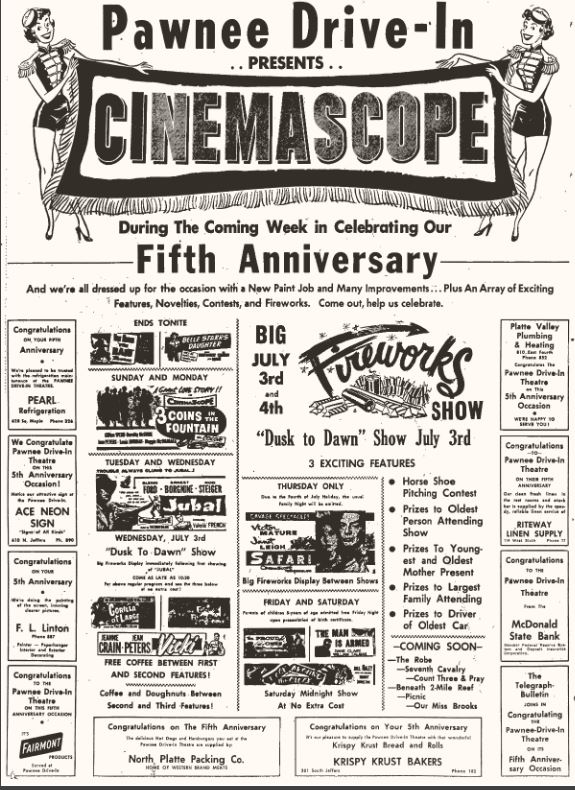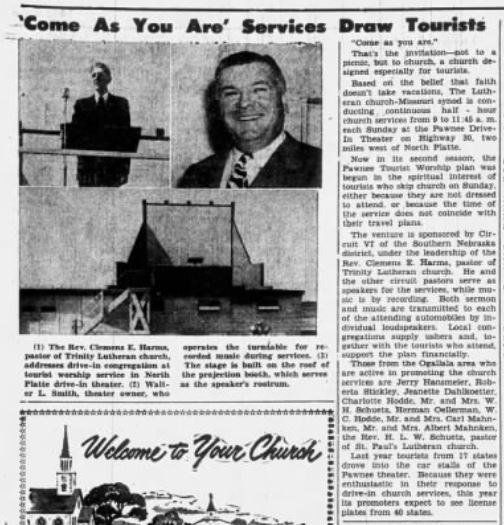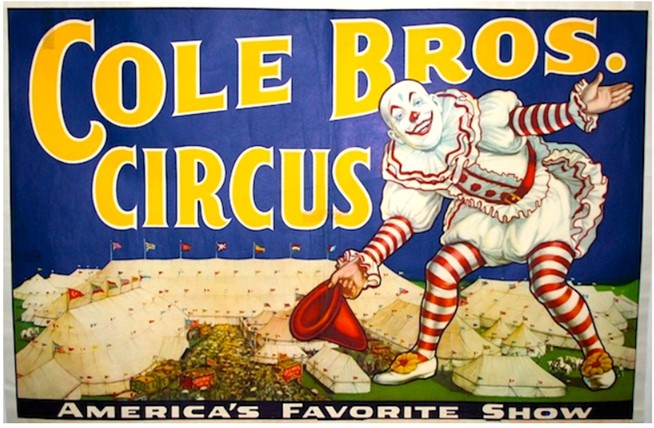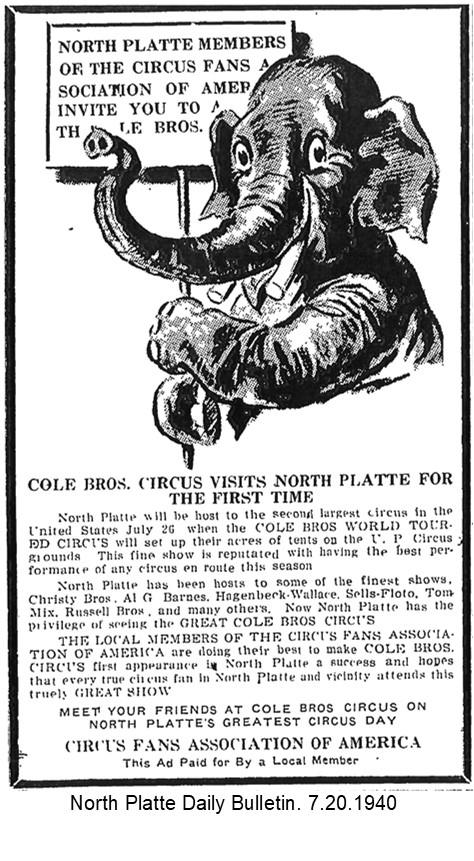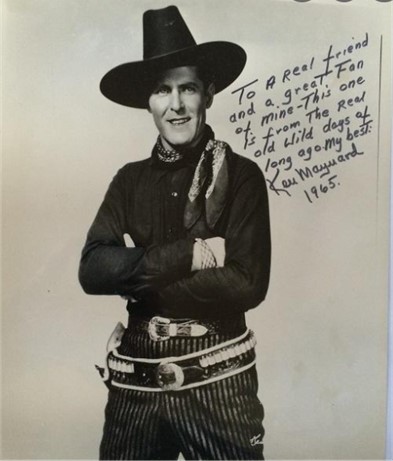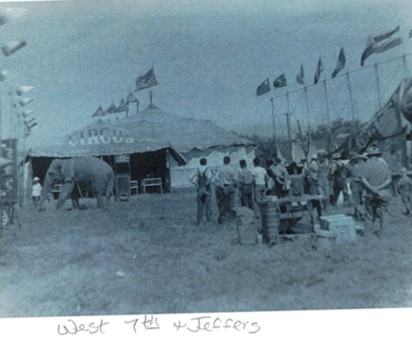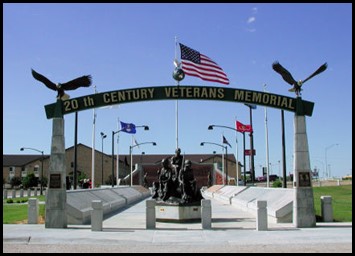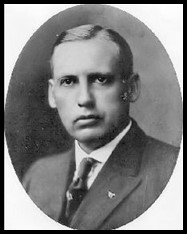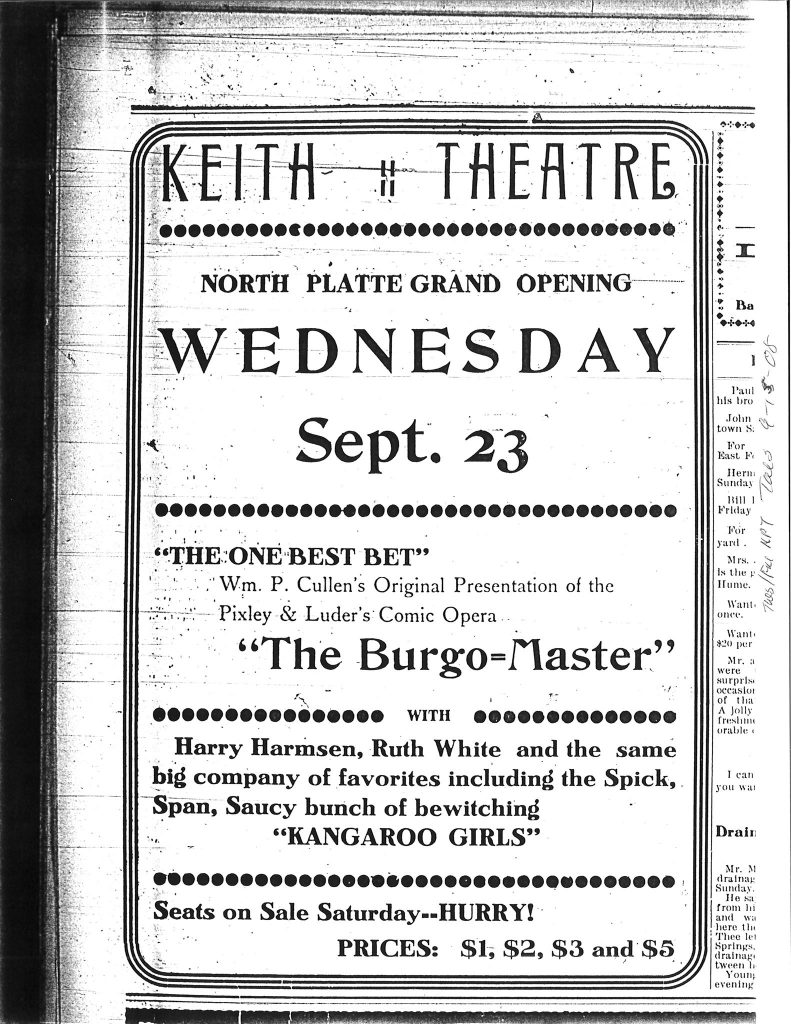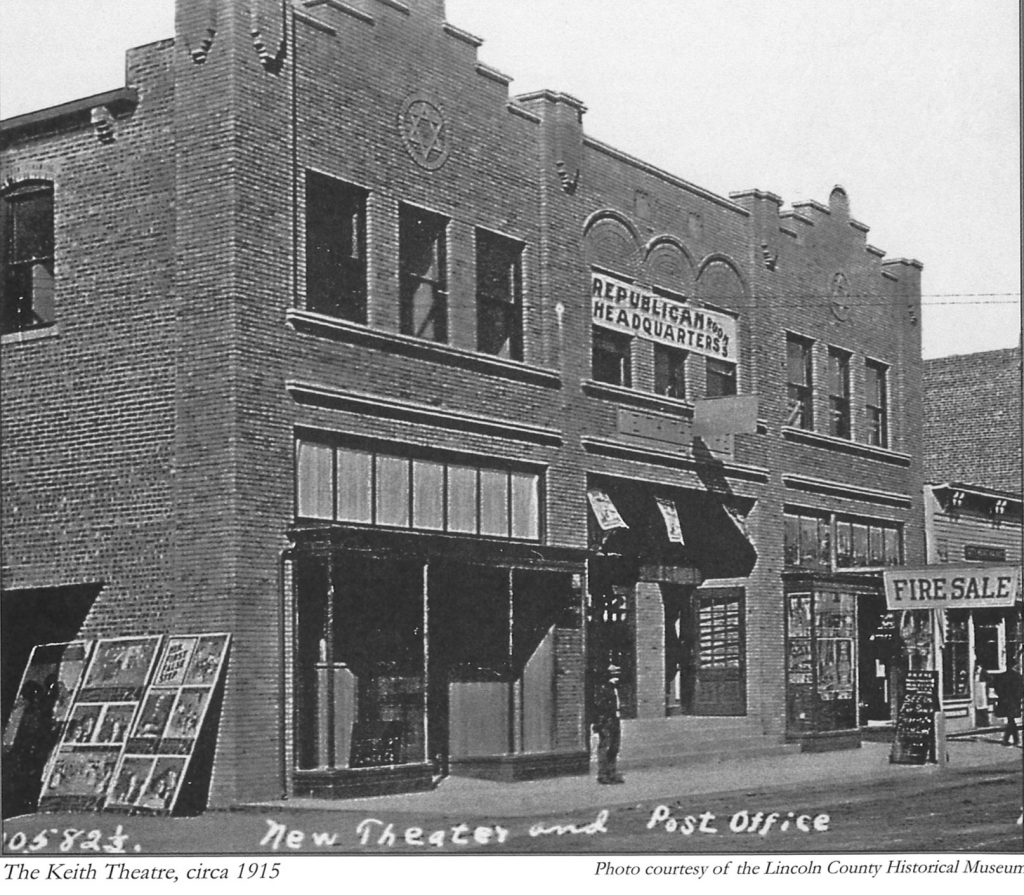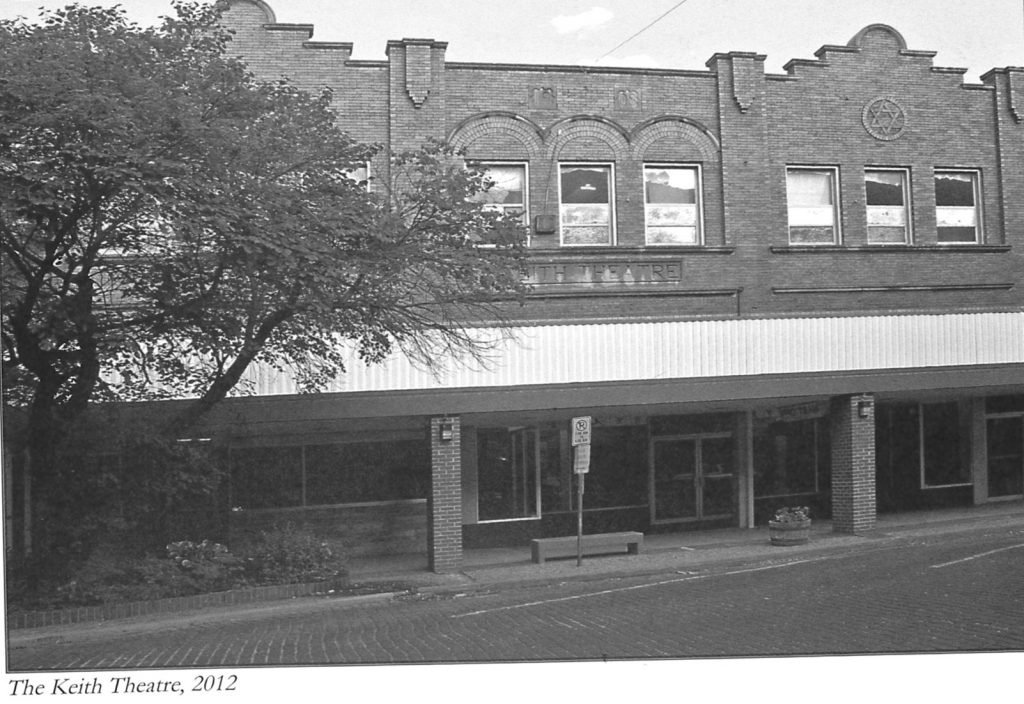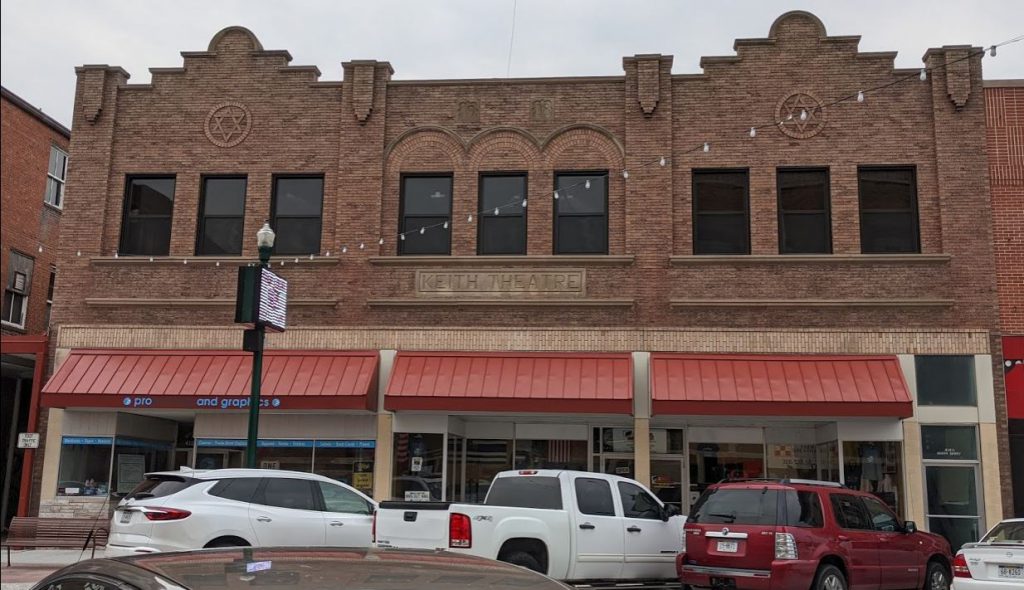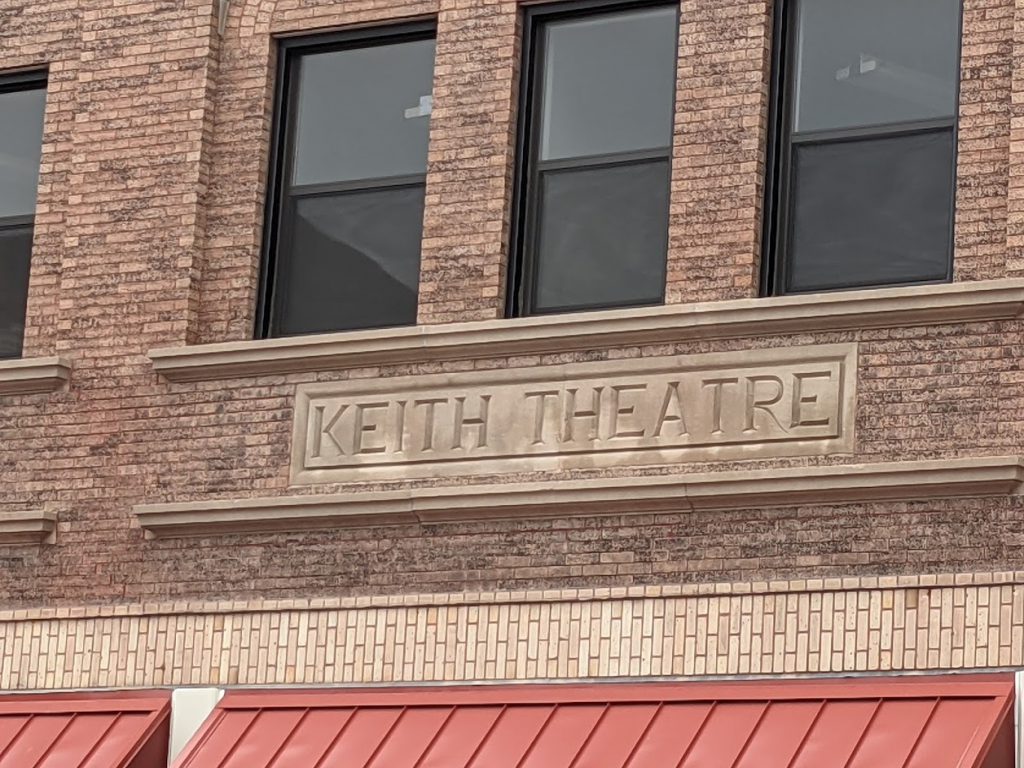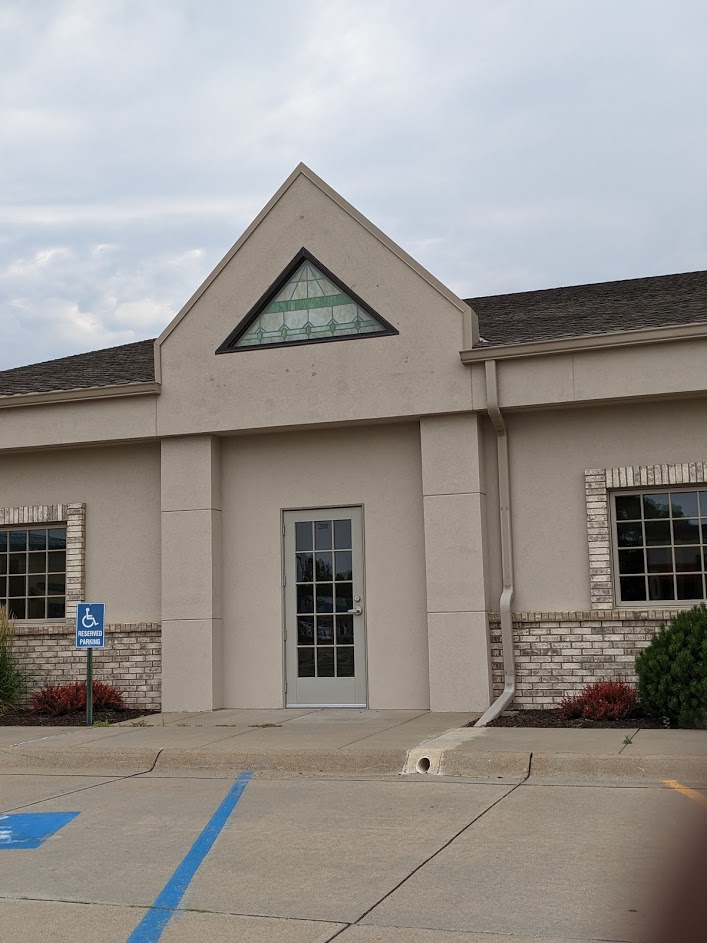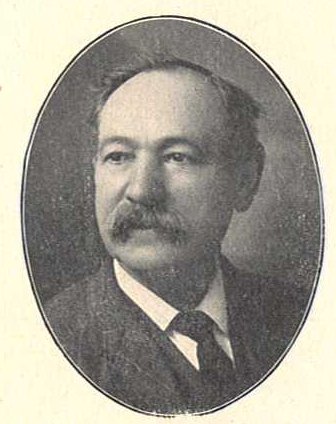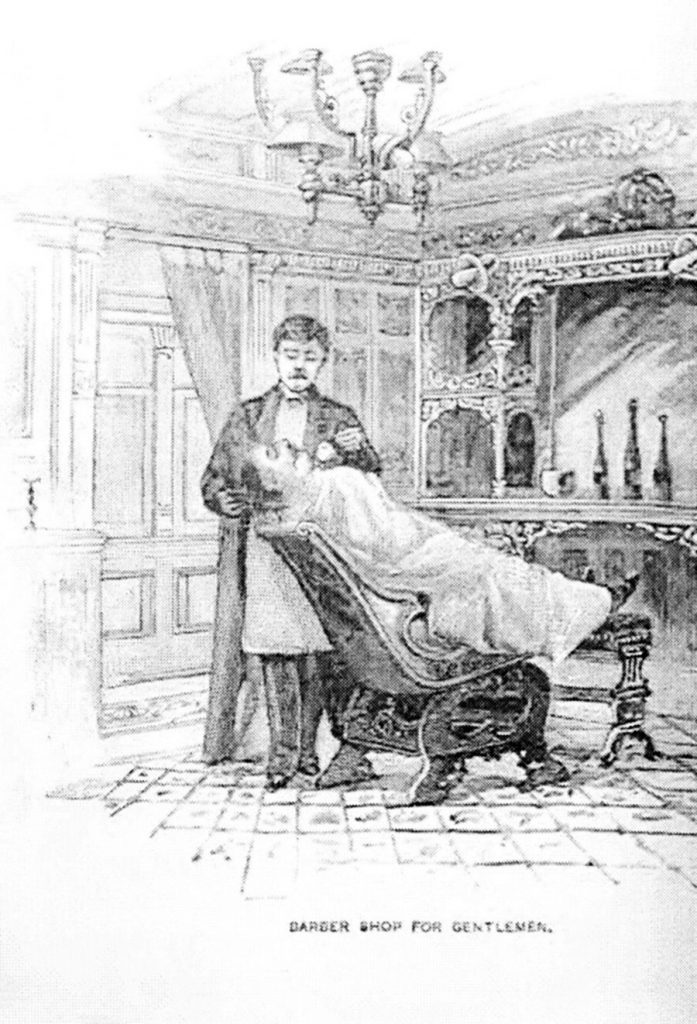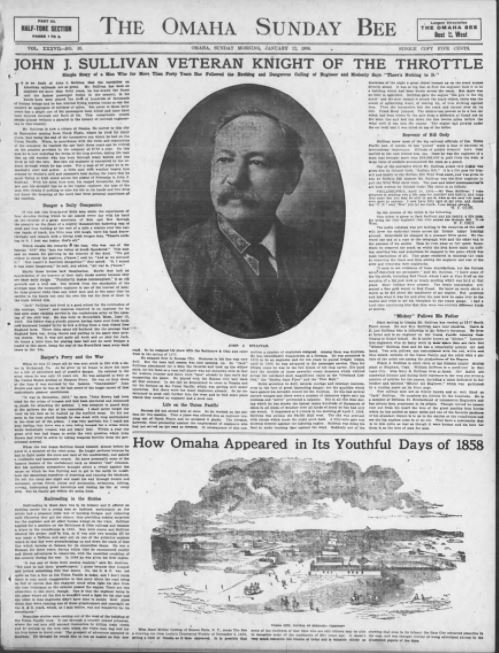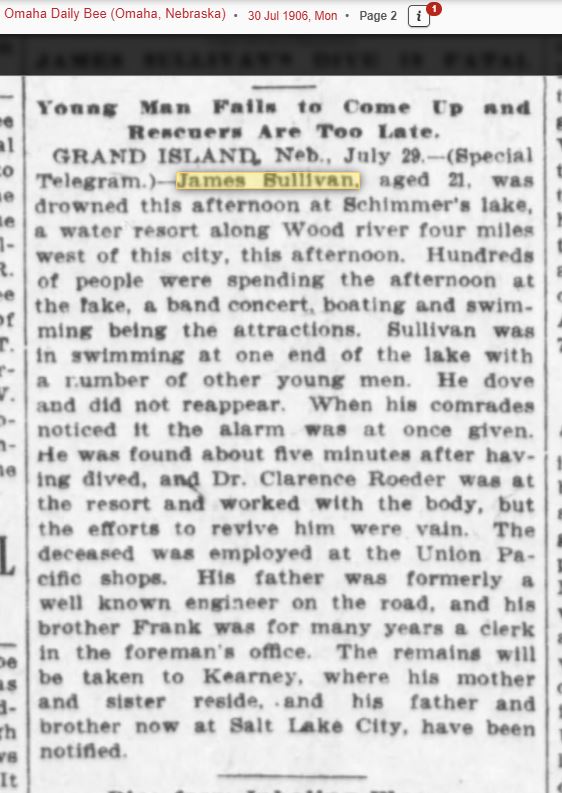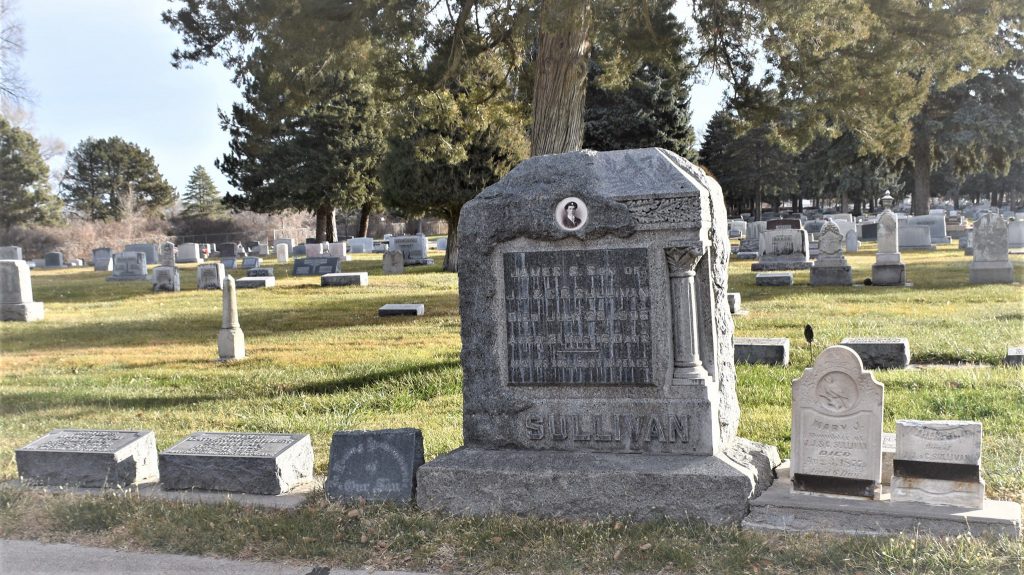Originally published to facebook.com/NorthPlattePL on August 6, 2021.
If you are of a certain age, I bet you remember a drive in theater. Today’s North Platte History looks back at the Pawnee Drive-In Theater.
The two drive-in outings I remember the most were, “Paint your Wagon” (1969) and “The Towering Inferno” (1974). I remember going there as a child with my family, in a station wagon (of course!). I vaguely remember playing on the playground equipment as we waited for it to get dark; and I also remember falling asleep somewhere during the first film of the night (never could make it past about 10:30pm). Mind you, most drive-in theaters didn’t start showing the first movie until 9:45pm. Later on, I remember, as a high school student, packing as many teenagers as we could into a pickup to get in on a $5.00/vehicle night. And, of course, as a teenager, I had no problem staying up and watching double or triple feature movie nights, until 1am-2am.
This was a unique way to spend time with your family, a safe and fun way for teens to hang together as a group and see a movie. Not to mention a romantic getaway for couples! Drive-In theaters were in their prime in the 1950’s and 1960’s. By the time VHS tapes came around in the 1970’s most all of the drive-in theaters had closed; and families and couples had “movie night” at home, with a rented VHS tape.
If you aren’t quite old enough to remember a drive in theater, well, it was a very large outdoor space with an outdoor movie screen, a projection booth, a concession stand, and a large parking area for automobiles. Customers could view movies from the privacy and comfort of their automobile. The screen could have been as simple as a wall that was painted white. Originally, the movie’s sound was provided by a speaker that hung from the window of your car, which were attached to a small pole by a wire. Later speaker systems used micro-broadcasting to utilize the car radio to obtain the sound for the movie.
Many readers will remember the Pawnee Drive-In Theater located at 4426 Rodeo Road or just off of West Highway 30. We would love for you to share your memories, and the movies you remember seeing out there in the comment section below.
The Pawnee Drive in opened on September 18, 1948 and could accommodate up to 350 cars. Not only did it have a playground for children, but during the 1950’s, it also had a petting zoo, driving range, and miniature golf course.
Sadly, the Pawnee Drive-In was demolished around 2009. Oddly enough, drive-in theaters have been experiencing a slight revival in 2020 to 2021. During COVID, citizens have enjoyed watching movies in the safe environment of their own car.
Drive-In theaters STILL IN OPERATION in Western Nebraska are:
- Sandhills Drive-In, located in Alliance, NE. Showing “Mortal Combat” on August 6-7, and “Two Mules for Sister Sara” on August 8;
- TK/Starlite Drive-In, located in Neligh, NE (closed for the season).
- Midwest Skyview Drive-In, located in Scottsbluff, NE. Showing “Disney’s Jungle Cruise!” on August 6 and “Charming the Hearts of Men” on August 13.
Enjoy our photos and newspaper articles from North Platte’s very own drive-in theater; and we’ll see you back here next week for more North Platte History! Thanks for reading!
